Home>Maintenance & Safety>Safety Equipment & Products>How To Use A Fire Blanket
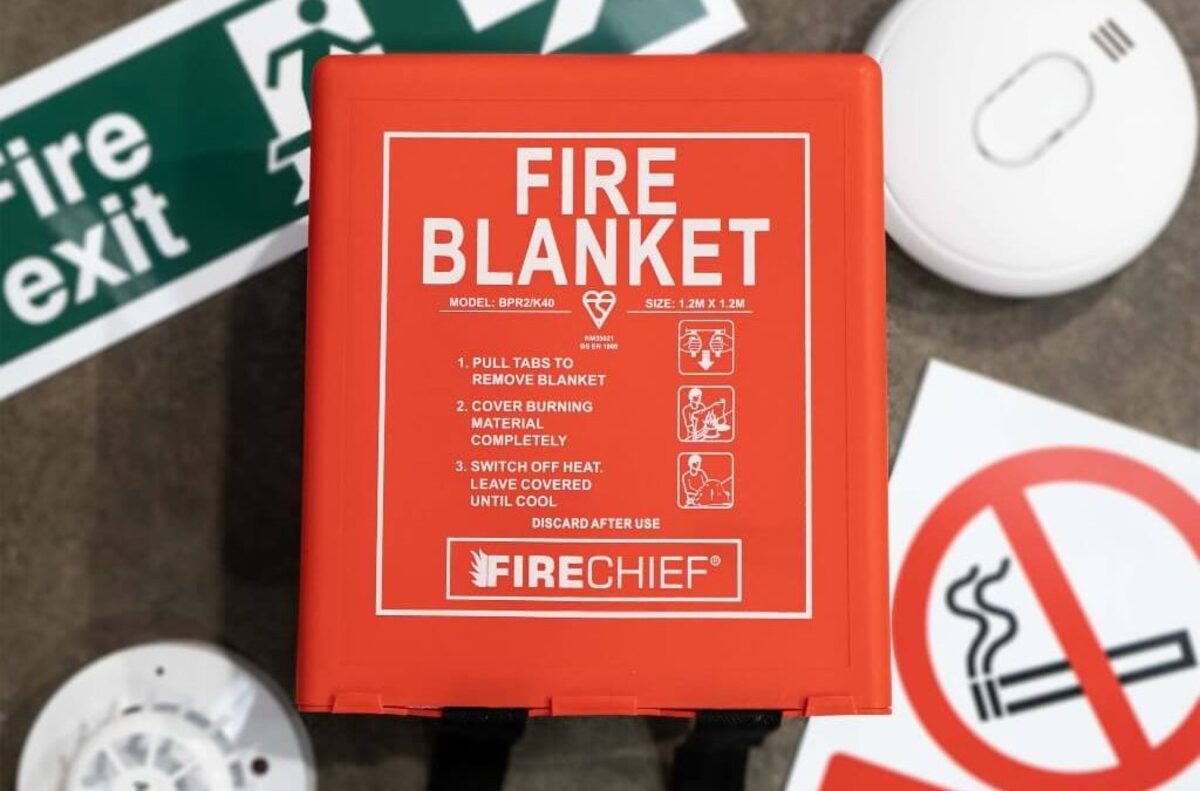

Safety Equipment & Products
How To Use A Fire Blanket
Modified: February 18, 2024
Learn how to effectively use a fire blanket for safety and protection. Discover the proper techniques for using this essential safety equipment and products.
(Many of the links in this article redirect to a specific reviewed product. Your purchase of these products through affiliate links helps to generate commission for Storables.com, at no extra cost. Learn more)
Introduction
Welcome to the essential guide on how to use a fire blanket. In the event of a fire, having the knowledge and confidence to utilize safety equipment effectively can make a significant difference. Fire blankets are a crucial component of fire safety measures, offering a simple yet effective means of extinguishing small fires and preventing them from spreading. Whether at home, in a commercial kitchen, or in a laboratory setting, understanding the proper use of a fire blanket is a fundamental aspect of fire safety preparedness.
In this comprehensive guide, we will explore the intricacies of fire blankets, including their functionality, optimal usage scenarios, and the step-by-step process for deploying them. Additionally, we will delve into the maintenance and storage practices that ensure fire blankets remain in optimal condition for when they are needed most.
By the end of this article, you will have a thorough understanding of the purpose and application of fire blankets, empowering you to respond confidently and effectively in the event of a small fire emergency. Let's embark on this enlightening journey to uncover the vital role of fire blankets in fire safety protocols.
Key Takeaways:
- Be prepared for small fires by knowing how to use a fire blanket. It’s a versatile tool that can smother flames and protect against kitchen, clothing, and electrical fires.
- Keep fire blankets in optimal condition by inspecting, storing, and training regularly. They are essential for swift and safe fire suppression in various settings.
Read more: What Is A Fire Blanket Used For?
What is a Fire Blanket?
A fire blanket is a highly versatile and effective safety tool designed to smother and extinguish small fires. It consists of a flame-resistant material, such as woven fiberglass or wool treated with a fire-retardant substance, which can withstand high temperatures without combusting. The compact and lightweight nature of fire blankets makes them easily deployable in various settings, from residential kitchens to industrial facilities.
Typically, fire blankets are stored in a quick-release pouch or container for convenient access in the event of an emergency. They are commonly utilized to suppress fires involving flammable liquids, stovetop flare-ups, clothing fires, and small electrical fires. The flexibility and simplicity of fire blankets make them an invaluable addition to fire safety equipment, providing a user-friendly alternative to traditional fire extinguishers.
Fire blankets are available in different sizes to accommodate diverse applications, ranging from small-scale household variants to larger industrial-grade options. Their composition and construction are specifically engineered to withstand intense heat and effectively smother flames, making them an indispensable tool for fire prevention and containment.
Understanding the role and capabilities of a fire blanket is essential for anyone seeking to bolster their fire safety preparedness. With this knowledge, individuals can confidently address small fires and mitigate potential hazards before they escalate, safeguarding lives and property in the process.
How Does a Fire Blanket Work?
Fire blankets operate on the principle of suffocation, effectively smothering fires by eliminating the oxygen supply essential for combustion. When a fire blanket is swiftly and correctly deployed, it forms a tight seal around the burning material, cutting off the fire’s access to oxygen and halting its progression. This method of extinguishing fires is particularly effective for small, contained fires, as it prevents the flames from spreading and causing further damage.
The construction of fire blankets, using fire-resistant materials such as fiberglass or treated wool, allows them to withstand high temperatures without igniting. This essential feature ensures that the blanket remains intact and fully functional when confronted with intense heat, enabling it to effectively suppress flames without posing a risk of combustion itself.
Upon being placed over a fire, the fire blanket swiftly absorbs heat and suffocates the flames, leading to a rapid reduction in temperature and the suppression of the combustion process. This swift and efficient response is instrumental in preventing the fire from escalating, providing crucial time for evacuation or the implementation of additional safety measures.
Furthermore, fire blankets can be used to shield individuals from the radiant heat of a fire, offering a protective barrier and facilitating safe evacuation from the vicinity of the flames. This dual functionality enhances their utility in emergency situations, allowing for the swift and secure management of small fires and the safeguarding of individuals in the immediate vicinity.
By understanding the underlying mechanism of fire blankets and their ability to swiftly stifle small fires, individuals can confidently employ this safety tool to address fire emergencies effectively. The next section will delve into the specific scenarios in which a fire blanket is the optimal choice for fire suppression, further enhancing your preparedness and safety awareness.
When to Use a Fire Blanket
Understanding the appropriate scenarios for utilizing a fire blanket is pivotal in maximizing its efficacy as a fire safety tool. The versatility and simplicity of fire blankets render them suitable for a range of potential fire hazards, making them an invaluable asset in various settings.
1. Kitchen Fires: Fire blankets are particularly well-suited for addressing small kitchen fires, such as grease fires or stovetop flare-ups. In the event of a cooking-related fire, a fire blanket can be swiftly deployed to smother the flames, preventing the fire from spreading and mitigating the risk of injury or property damage.
2. Clothing Fires: If an individual’s clothing ignites, a fire blanket can be used to swiftly extinguish the flames and protect the individual from sustaining severe burns. By wrapping the individual in the fire blanket and ensuring the flames are completely smothered, the spread of the fire can be halted, providing critical time for the individual to remove the garment and seek medical attention if necessary.
3. Small Electrical Fires: When confronted with a small fire involving electrical equipment or wiring, a fire blanket can be used to effectively suppress the flames without the risk of conducting electricity. This makes fire blankets a safe and practical choice for addressing electrical fires in residential and commercial settings.
4. Laboratory and Workshop Environments: In laboratories, workshops, and industrial settings, fire blankets are essential for containing small fires that may arise from chemical reactions, flammable solvents, or equipment malfunctions. Their rapid deployment and fire-smothering capabilities make them an indispensable tool for mitigating fire hazards in these environments.
By recognizing the diverse applications of fire blankets, individuals can proactively prepare for potential fire emergencies and respond promptly and effectively when such situations arise. The following section will provide a detailed, step-by-step guide on how to use a fire blanket, empowering you with the practical knowledge needed to employ this essential safety tool with confidence.
When using a fire blanket, always remember to carefully cover the flames with the blanket to smother the fire. Then, turn off the heat source and leave the blanket in place until the fire is completely out.
Steps to Use a Fire Blanket
When confronted with a small fire, knowing how to effectively deploy a fire blanket is crucial for swift and safe fire suppression. By following these step-by-step instructions, you can confidently utilize a fire blanket to extinguish flames and prevent the fire from spreading:
- Assess the Situation: Before taking action, evaluate the size and nature of the fire. Ensure that the fire is small and contained, and that it is safe for you to approach and attempt to extinguish it.
- Retrieve the Fire Blanket: If it is safe to do so, retrieve the fire blanket from its storage location. Most fire blankets are housed in a quick-release pouch or container for easy access.
- Protect Yourself: Prioritize your safety by standing clear of the flames and shielding yourself from heat and smoke. If necessary, use a cloth or garment to cover your nose and mouth to minimize smoke inhalation.
- Unfold the Fire Blanket: Carefully unfold the fire blanket to its full size, ensuring that it is free from any folds or obstructions that could hinder its effectiveness.
- Approach the Fire: With the fire blanket in hand, cautiously approach the fire, maintaining a safe distance and avoiding direct contact with the flames.
- Cover the Fire: Gently drape the fire blanket over the flames, ensuring that it completely covers the burning material. Use a sweeping motion to smother the fire and minimize the potential for re-ignition.
- Seal the Edges: Once the fire is covered, carefully seal the edges of the fire blanket around the base of the fire to create a tight seal, cutting off the fire’s access to oxygen and effectively smothering the flames.
- Leave the Blanket in Place: Allow the fire blanket to remain in position for a sufficient duration to ensure that the fire is fully extinguished. This will prevent the risk of re-ignition once the blanket is removed.
- Monitor the Area: After the fire is extinguished, monitor the area to ensure that there are no lingering embers or signs of re-ignition. Exercise caution and be prepared to evacuate if necessary.
By following these systematic steps, you can effectively utilize a fire blanket to swiftly and safely extinguish small fires, preventing them from escalating and minimizing the associated risks. Practicing these steps and familiarizing yourself with the process will bolster your confidence in responding to fire emergencies, ensuring that you are prepared to act decisively when the need arises.
Read more: What Is A Fire Blanket Used For
Maintenance and Storage of Fire Blankets
Proper maintenance and storage practices are essential for ensuring that fire blankets remain in optimal condition and readily accessible when needed. By adhering to the following guidelines, you can preserve the effectiveness and reliability of fire blankets, enhancing their readiness for use in fire safety scenarios:
- Regular Inspections: Periodically inspect the fire blanket to check for any signs of damage, such as tears, fraying, or discoloration. Ensure that the blanket is free from contaminants and readily deployable in an emergency.
- Professional Servicing: If the fire blanket shows signs of wear or damage, arrange for professional servicing or replacement to maintain its integrity and effectiveness. Engage qualified professionals to assess and address any issues with the fire blanket.
- Storage Location: Store the fire blanket in a designated, easily accessible location that is free from obstructions and potential hazards. Ensure that the storage area is clearly marked and that the fire blanket can be swiftly retrieved when needed.
- Protection from Contaminants: Shield the fire blanket from exposure to contaminants, moisture, and harsh environmental conditions that could compromise its fire-resistant properties. Store it in a clean, dry environment to prevent deterioration.
- Quick-Release Container: If the fire blanket is housed in a container or pouch, verify that the container is in good condition and that the blanket can be swiftly removed without impediments. Replace damaged containers as needed.
- Training and Familiarization: Ensure that individuals who may need to use the fire blanket are familiar with its location and deployment procedure. Conduct regular training and drills to familiarize personnel with the proper use of fire blankets.
By adhering to these maintenance and storage practices, you can uphold the functionality and reliability of fire blankets, safeguarding their effectiveness as essential fire safety tools. Regular inspections and proactive maintenance will bolster your preparedness for fire emergencies, ensuring that fire blankets are primed for rapid and effective deployment when the need arises.
Conclusion
Equipping oneself with the knowledge of how to use a fire blanket is a pivotal aspect of proactive fire safety preparedness. By understanding the purpose, functionality, and optimal usage scenarios of fire blankets, individuals can effectively address small fires and mitigate potential hazards before they escalate. The versatility and simplicity of fire blankets make them an indispensable addition to fire safety protocols, offering a user-friendly and reliable means of fire suppression in a variety of settings.
From kitchen flare-ups to clothing fires and small electrical incidents, the swift deployment of a fire blanket can make a significant difference in containing fires and safeguarding lives and property. By following the step-by-step guide for using a fire blanket and adhering to maintenance best practices, individuals can bolster their readiness to respond to fire emergencies confidently and effectively.
It is essential to prioritize regular inspections, professional servicing when necessary, and proper storage practices to ensure that fire blankets remain in optimal condition and readily accessible. By integrating fire blankets into comprehensive fire safety plans and conducting regular training and drills, individuals and organizations can enhance their preparedness for potential fire incidents, fostering a safer environment for all occupants.
In conclusion, the knowledge and proactive utilization of fire blankets serve as a cornerstone of effective fire safety measures, empowering individuals to address small fires with confidence and precision. By embracing the principles outlined in this guide, you are taking a proactive step towards enhancing fire safety awareness and preparedness, ultimately contributing to a safer and more secure living and working environment for all.
Frequently Asked Questions about How To Use A Fire Blanket
Was this page helpful?
At Storables.com, we guarantee accurate and reliable information. Our content, validated by Expert Board Contributors, is crafted following stringent Editorial Policies. We're committed to providing you with well-researched, expert-backed insights for all your informational needs.

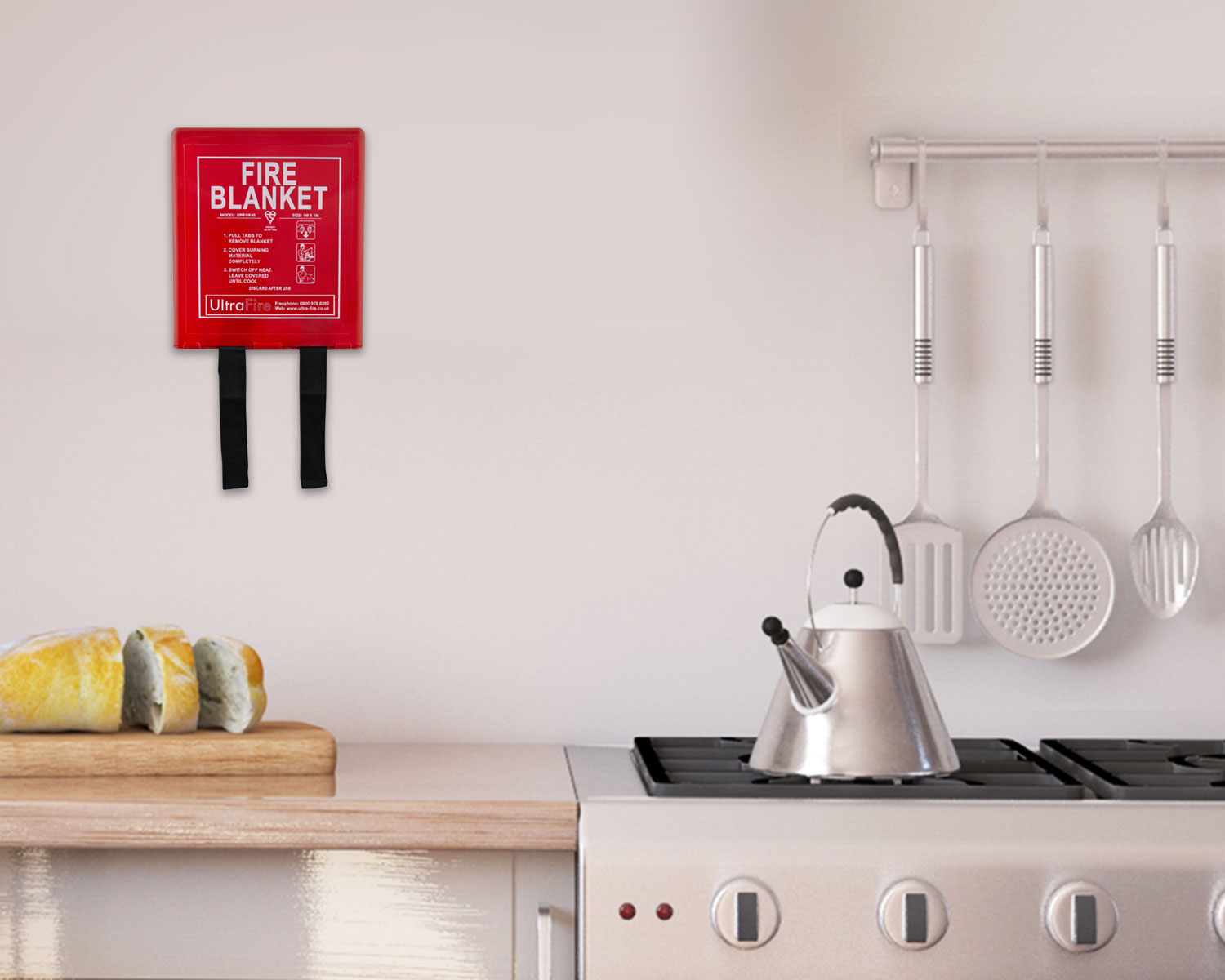
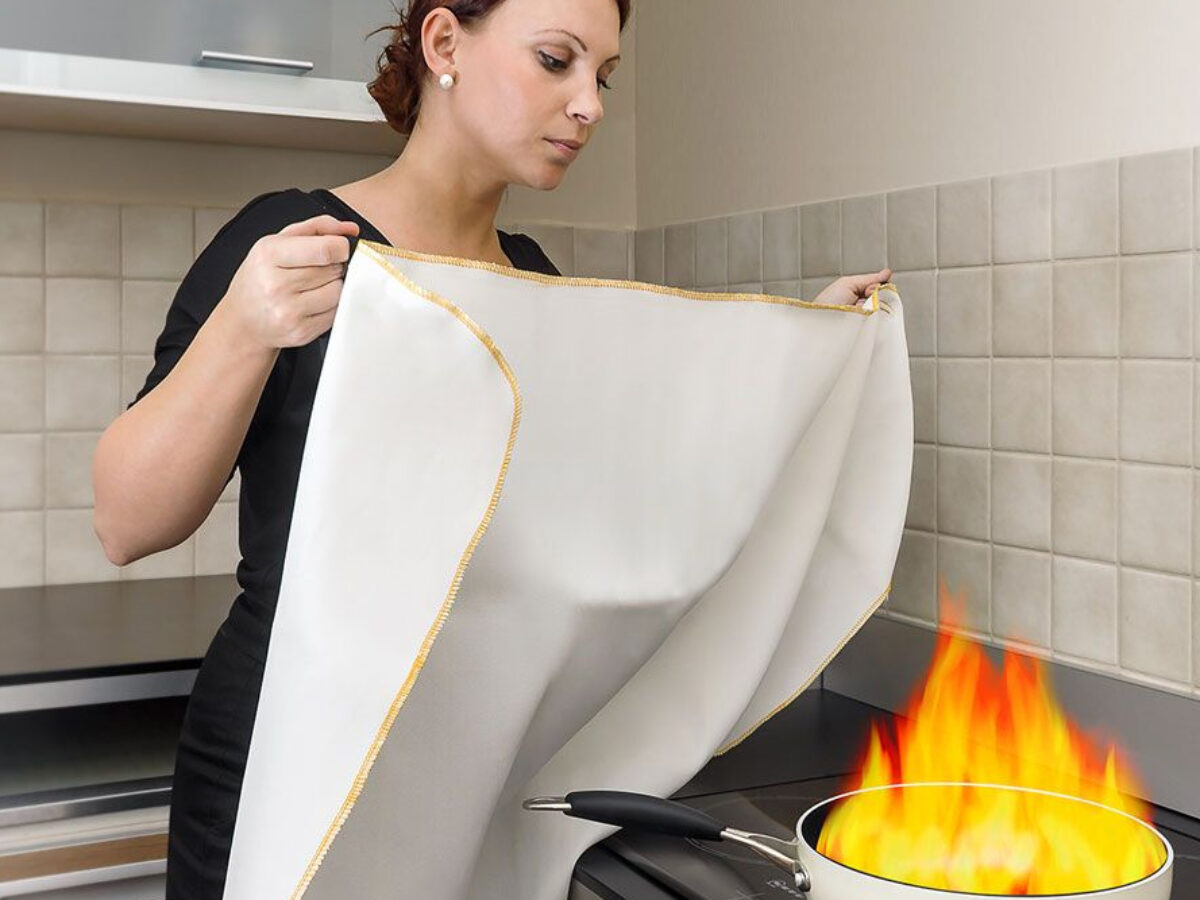
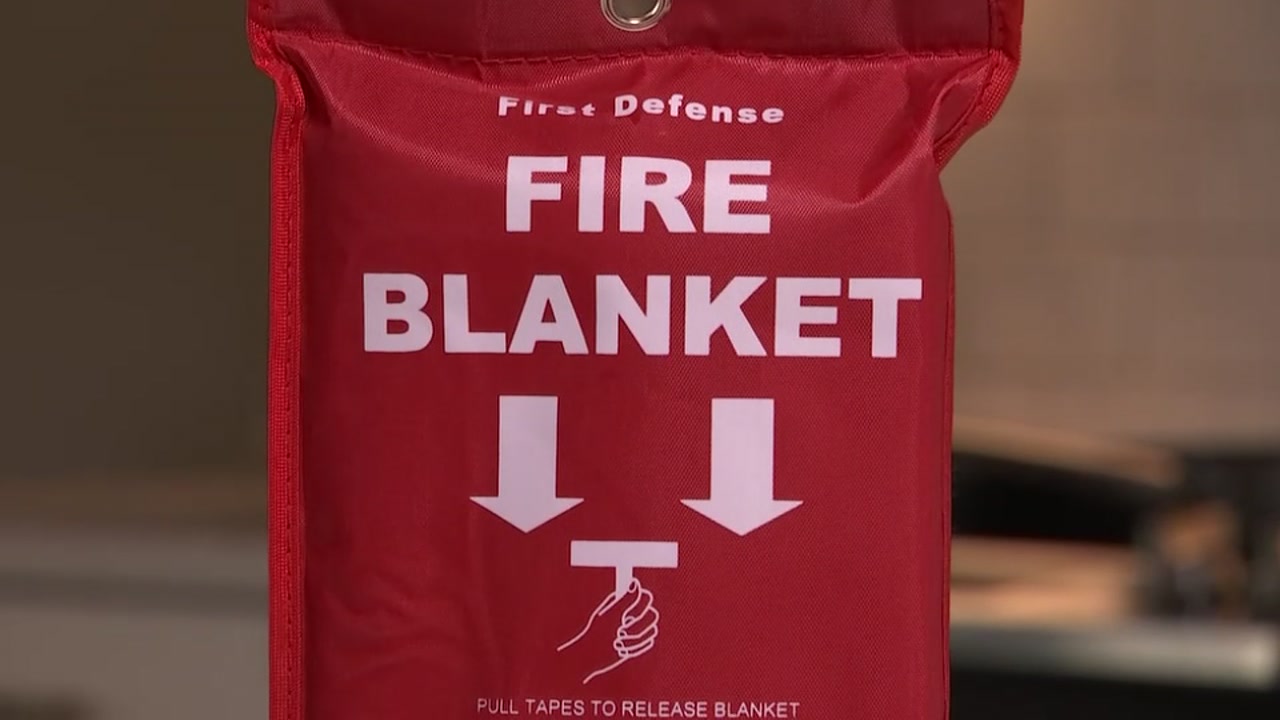
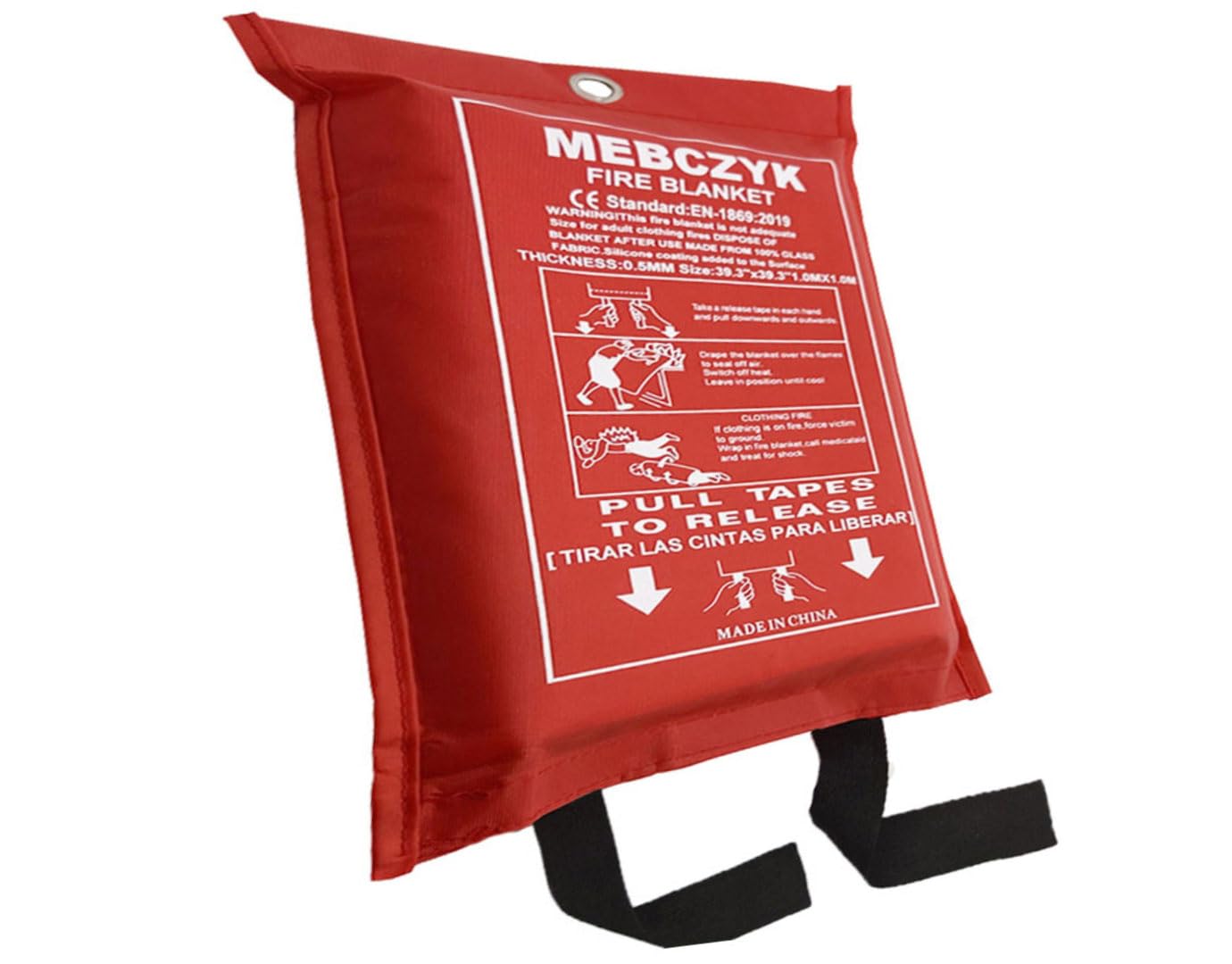
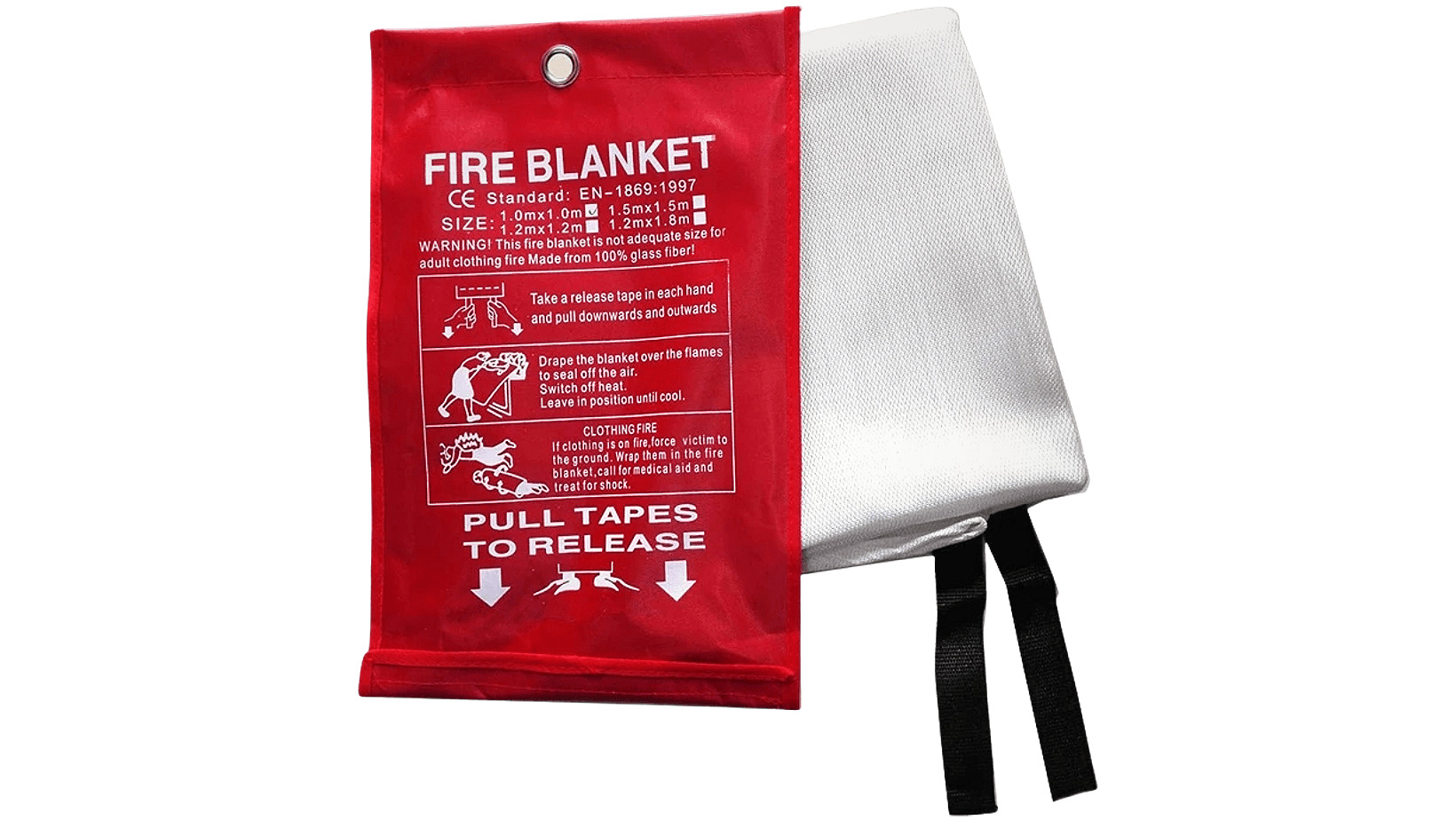
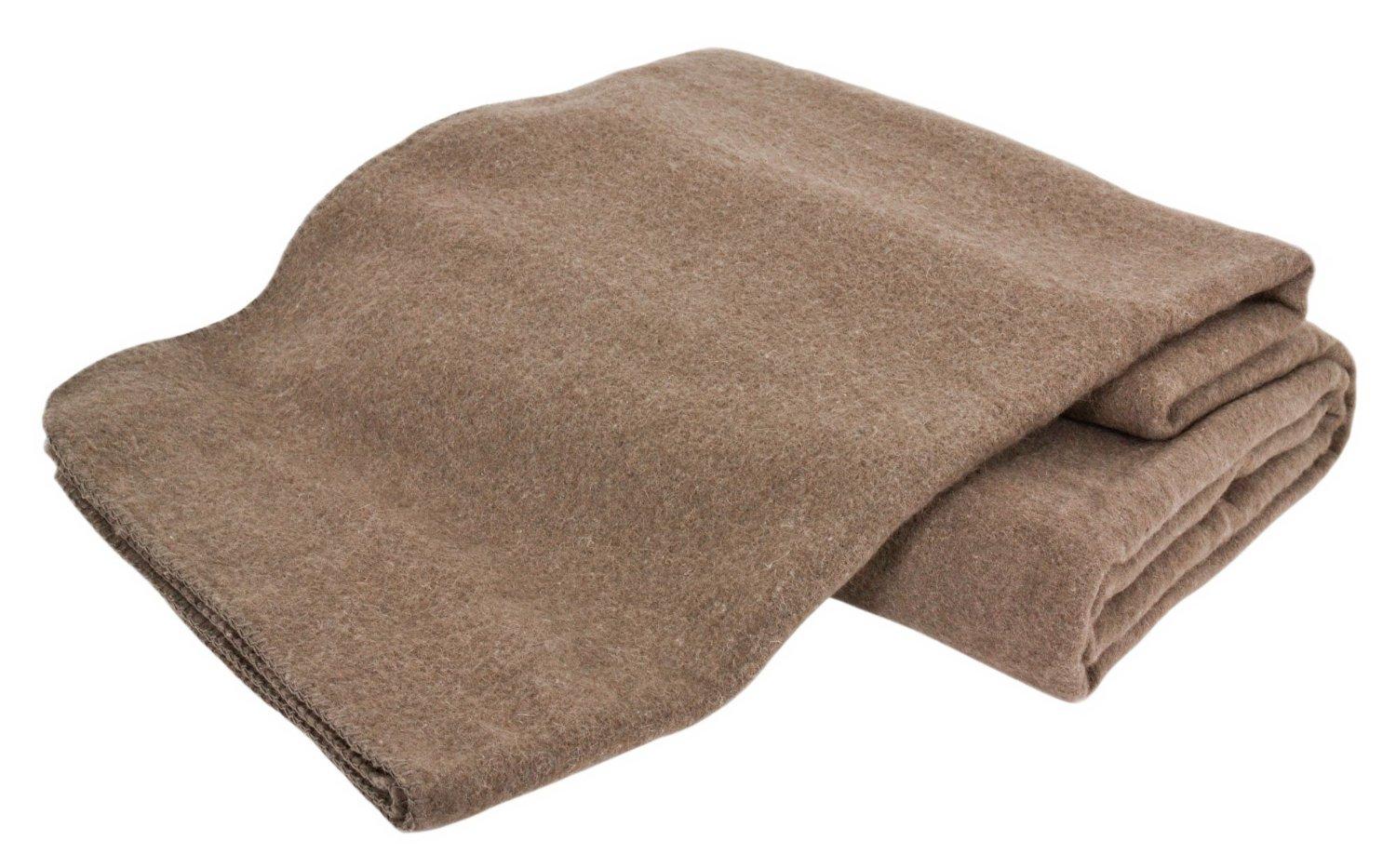

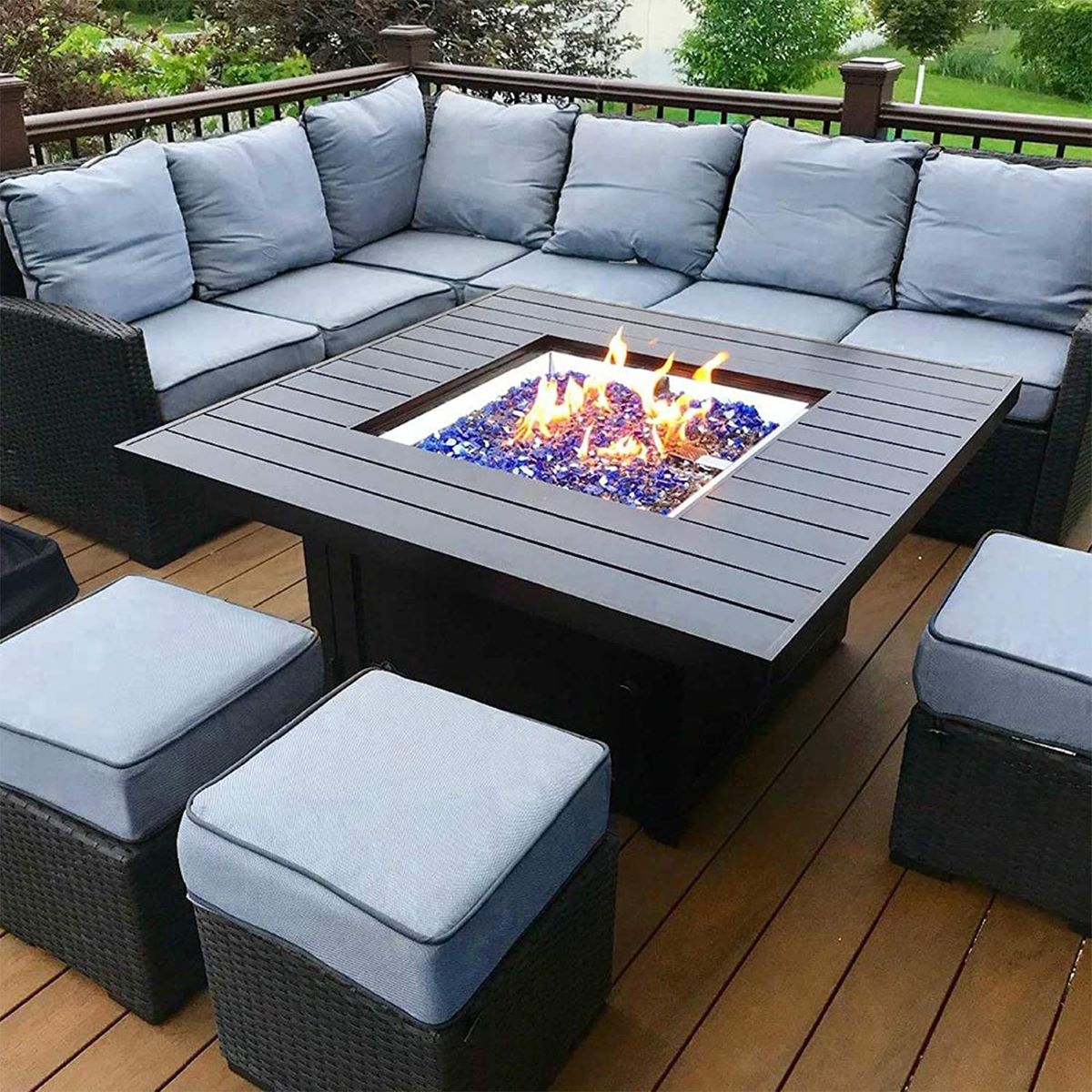



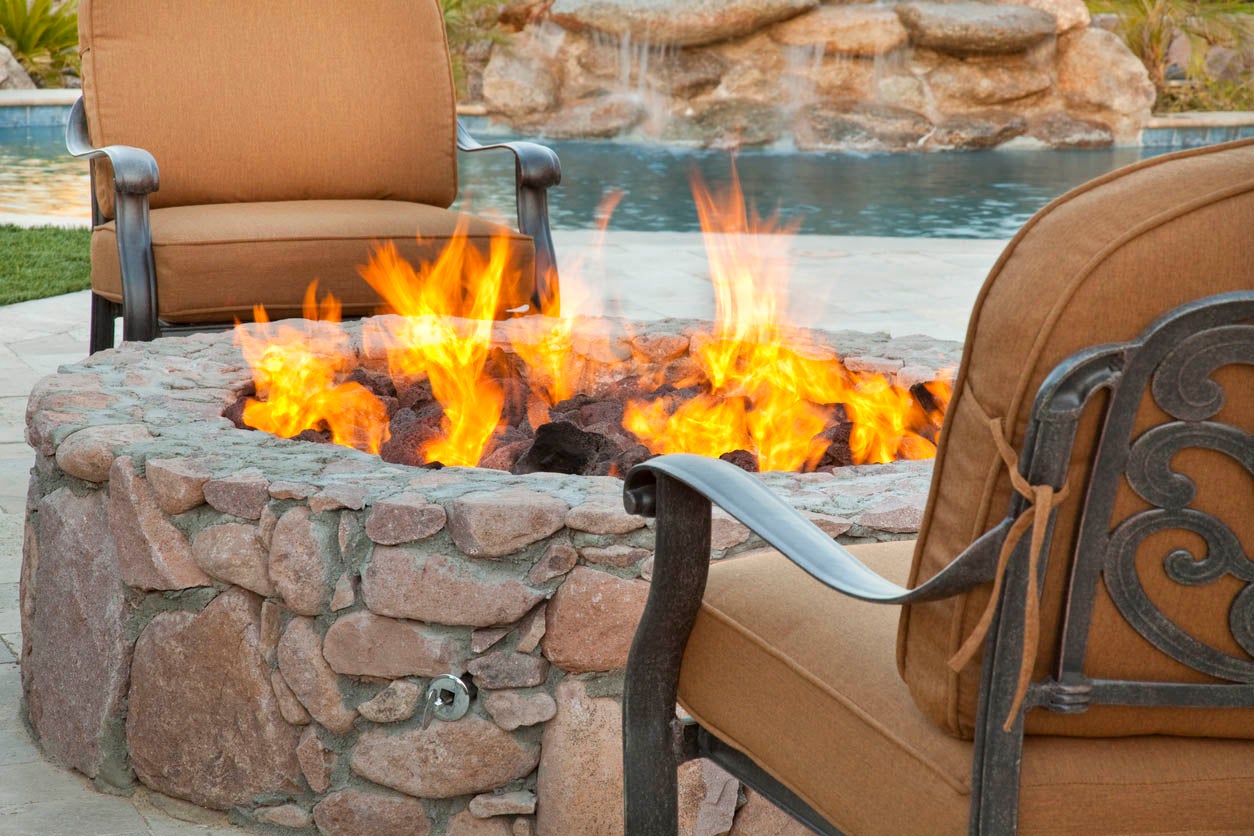


0 thoughts on “How To Use A Fire Blanket”